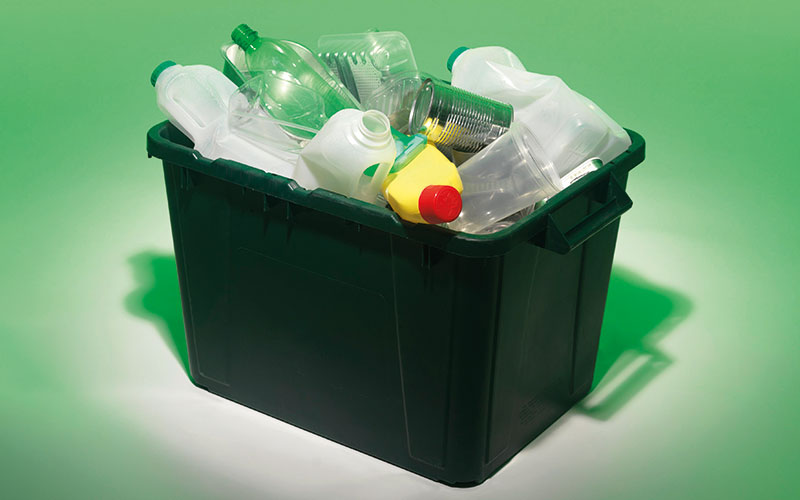This month we ask: 'What could labs do to be more environmentally sound?'


Deputy Trust Lead Healthcare Scientist
Great Ormond Street Hospital
The NHS is responsible for 5.4% of the UK’s carbon emissions and produces 1% of all UK waste. I strongly believe that all NHS staff, including us as biomedical scientists, have a responsibility to reduce our impact on the environment. We are here to help maintain the health of the population, and what better way to do that than make sure that life on earth will still be viable for generations to come?
The best way labs can become environmentally sound is to collaborate and share best practice. University College London has developed the Laboratory Efficiency Assessment Framework. The pilot covered 103 laboratory groups from 16 institutions who, in total, saved 620 tonnes of CO2 and £400,000, proving that environmental sustainability can be financially beneficial as well, at which point, who can argue against it?
I would love to see biomedical scientists (led by the IBMS) across the country engaging with this process championing sustainability within the NHS in order to benefit staff and patients.
Some other quick ideas that would improve the carbon footprint of a laboratory include: defrosting freezers to make them more energy efficient; ensuring computers and lights are switched off at the end of the day; stopping printing unnecessarily; switching to recycled (non-bleached) paper; considering if documents and letters can be sent electronically, rather than posting; asking suppliers what they are doing to reduce their carbon footprint.

Technical Services Manager
Biochemistry NHS Greater Glasgow and Clyde
A Green Future is the 25-year environment plan set out by our government. It aims to deliver cleaner air and water across the country, as well as protecting wildlife habitats and at-risk species.
As healthcare workers, we also have a responsibility to contribute towards these goals, without compromising on the quality of our service and patient care.
With increasing demands on our time and service, environmental concerns are often pushed down the list of priorities, but developing a more environmentally sound approach is worth considering and would also bring additional benefits to our organisations.
Plastic waste from laboratories is considerable – an article in the journal Nature from 2015 estimated that laboratory waste totalled 5.5 million metric tonnes in 2014. There are some systems available now that claim to reduce single-use plastic sample bags by using reusable transport racks directly from the point of collection to the laboratory. This is supported by a trial carried out by a hospital laboratory in Cornwall that reduced their use of sample bags by 75%. Clearly there needs to be an initial investment by the health board or trust.
We are not exempt from considering the environment in our laboratory practice just because we work for the NHS. We have a responsibility to keep environmental impact near the top of our priorities and be creative in our approach to finding solutions to reduce waste and carbon footprint wherever possible.

Biomedical Scientist, Microbiology Princess Alexandra Hospital
NHS Trust, Harlow, Essex
Being environmentally sound at home can include cutting down on single-use plastics or committing
to recycling more, but how can we mimic this in the laboratory? At home, a quick rinse of suitable plastics before recycling is sufficient. In the laboratory, many consumables are contaminated by biohazardous waste and destined for a clinical-waste stream or autoclaving only.
Historically, many microbiology laboratories used metal loops to inoculate agar plates, which would then be “flamed” to sterilise between use, but with sample numbers ever increasing, this is not always practical and thus, disposable single-use only plastic loops are more common. We need to think more laterally. We could consider working with companies who are more environmentally aware. This might include receiving consumable deliveries in reusable crates that are then returned to the supplier. Also, it is so frustrating to receive small reagent kits in large cardboard boxes with an enormous amount of foam-padding inside, which cannot be recycled.
Other thoughts include reducing specimen transport bags, but this would need some thought to safely balance infection control, or reducing aliquoting samples into secondary receptacles and testing/storing more routinely in the primary tube. Much work is still to be done in this area and laboratories would benefit from in-house environmental ambassadors to pave the way for change.
Image credit | Getty




